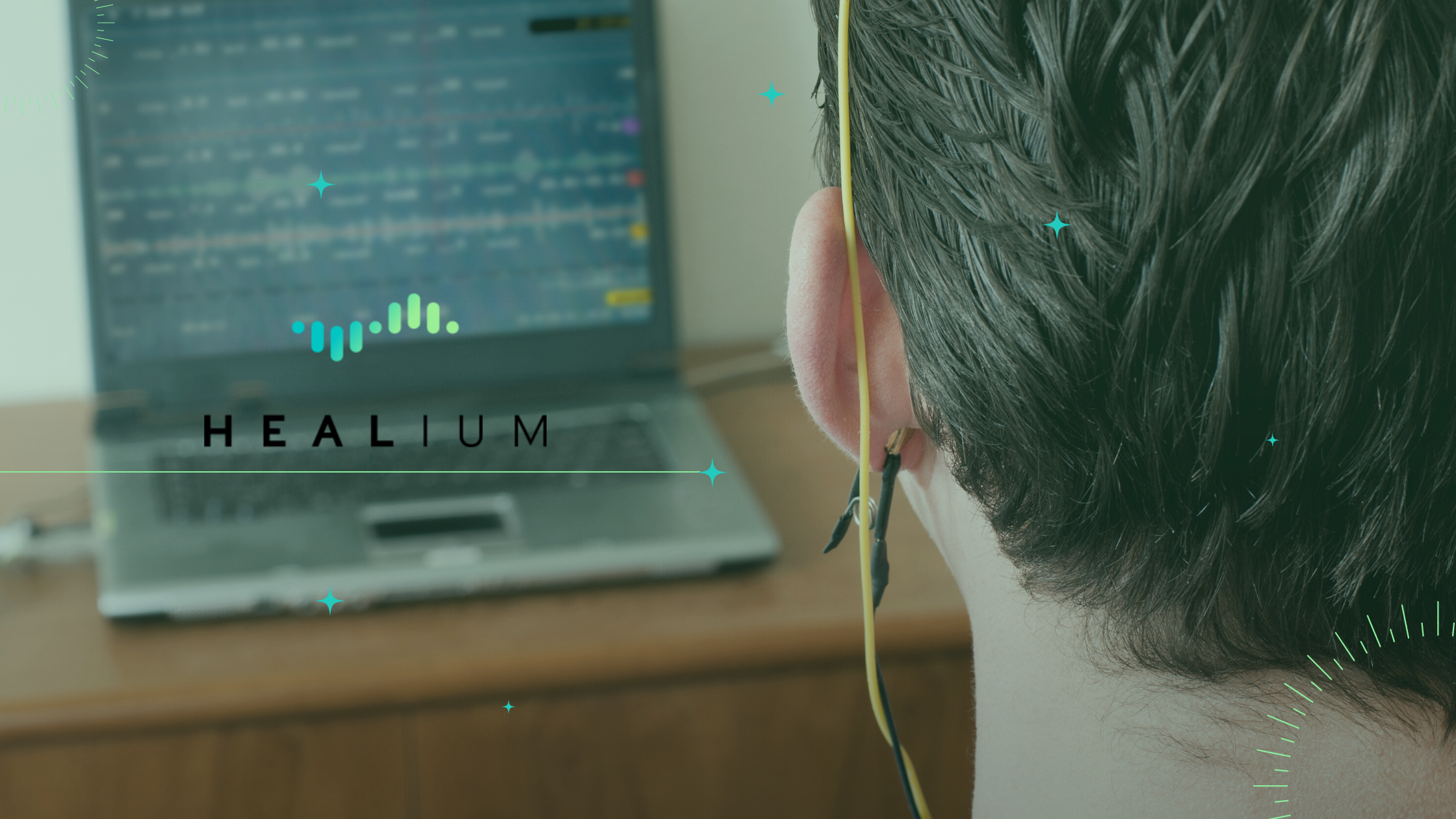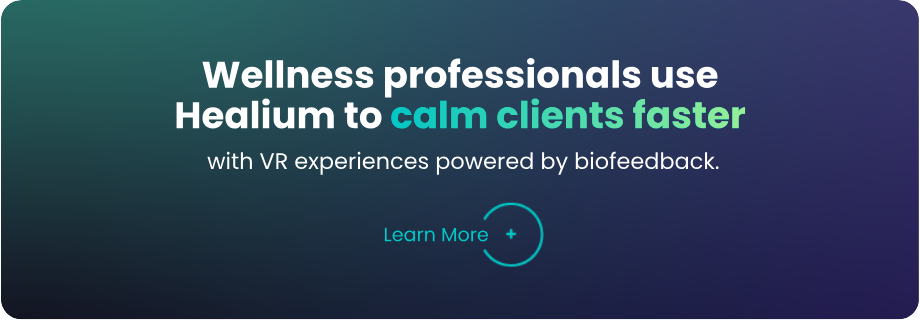Learn more about the emerging science that suggests neurofeedback might be a valuable resource for those suffering from various mental disorders.
The Brainwave Activity Behind Mental Disorders
Clinical neurofeedback therapy is not a cure for any of the following conditions, but certain patients with these conditions may benefit from it:
ADHD
People suffering from ADHD may spend more time in the theta state. Since theta waves are associated with deep relaxation, daydreaming, fantasizing, intuition, and creativity, this type of wave will dominate the brain’s activity when a person is unable to concentrate.
As compensation, people with ADHD may resort to hyperactive behavior to transition from the theta state to a beta wave state, which is present when processing information.
Ever since the ‘70s, patients with neurological disorders, specifically ADHD, have opted for neurofeedback to train their brains.
Proponents of neurofeedback therapy report that the treatment will have two benefits:
– Brain wave alterations endure well.
– Improvements in brain waves may lead to better focus, eliminate impulsivity, and reduce distractibility.
Depression
Research showed that people suffering from depression have imbalanced alpha waves oscillations — the waves are more active in the left frontal cortex of the brain. The goal is to target these oscillations in the hope that they’ll be in sync with the alpha oscillations in the opposite frontal cortex. If this is achieved, depression symptoms may be reduced.
Furthermore, a 2019 study utilized neurofeedback to treat people with treatment-resistant depression (TRD). After three months, the study revealed that the participants’ response rate was around 58%. This shows that neurofeedback not only addresses the symptoms of TRD, but the therapy may be the key to recovery.
Lastly, another study displays positive results in using alpha/theta feedback training in addressing deep depression. Results from the study indicated training mainly involves promoting trauma-related healing, creativity, and relaxation.
PTSD
A person who witnessed or experienced any traumatic event will force their brain into a flight-or-fight mode, which means they’re in a heightened state of arousal so they can be fully aware of your environment.
Having post-traumatic stress disorder (PTSD), then, implies that a person’s delta waves are active, which is the brain wave most associated with stress and anxiety.
Moreover, PTSD sets in when the state of arousal doesn’t fade even long after the traumatic event is witnessed or experienced. As a result, the person may:
– Mentally re-experience the traumatic event
– Display avoidance
– Have reactivity and arousal symptoms
– Experience mood and cognition problems
When it comes to handling PTSD, the goal of neurofeedback is to help patients transition from the state of arousal to a calmer one. This way, they’ll regain their sense of safety, allowing them to react appropriately to daily events.
There are already studies showing that neurofeedback therapy gives significant relief to PTSD symptoms. However, the benefits of neurofeedback are not yet conclusive and further research is needed in this area.
Anxiety
Abnormal alpha wave activity can be responsible for altering one’s attention and cognitive processing abilities.
When alpha waves are more active, a highly anxious individual may find it difficult to process information or focus on a specific thought or task.
Researchers believe that the key to lowering stress and anxiety lies in optimizing alpha wave levels. A study shows that neurofeedback training that targets alpha brain waves has reduced the participants’ anxiety levels.
Moreover, another study suggests that increasing both theta and alpha brain waves in the brain’s occipital lobes may reduce anxiety and generally improve the brain’s function in people with generalized anxiety disorder.
Autism
Data collection for autism is much easier if started in infancy when the brain is still developing. A year-old child who’s suspected of having autism has distinguishable delta and gamma brain waves. Autistic children also show a steep increase in delta brain wave while a slower increase in gamma brain waves over time than normal children.
Using EEG technology, neurofeedback brain mapping in a clinical setting can identify where the brain is having difficulty processing information. This means that neurofeedback may provide significant benefits in managing the symptoms of autistic spectrum disorder (ASD).
Here are a couple of symptoms that may be improved by neurofeedback therapy:
– Stimming
– Emotional outbursts
– Speech issues
– Ritualistic behavior
Takeaway
Neurofeedback can be a powerful tool to assist people who desperately need other treatment options, specifically when they’re dealing with mental disorders. As neurofeedback therapy targets particular parts of the brain and influences the brain’s electrical activity, it can be a beneficial option for people with ADHD, depression, PTSD, anxiety, or autism.










